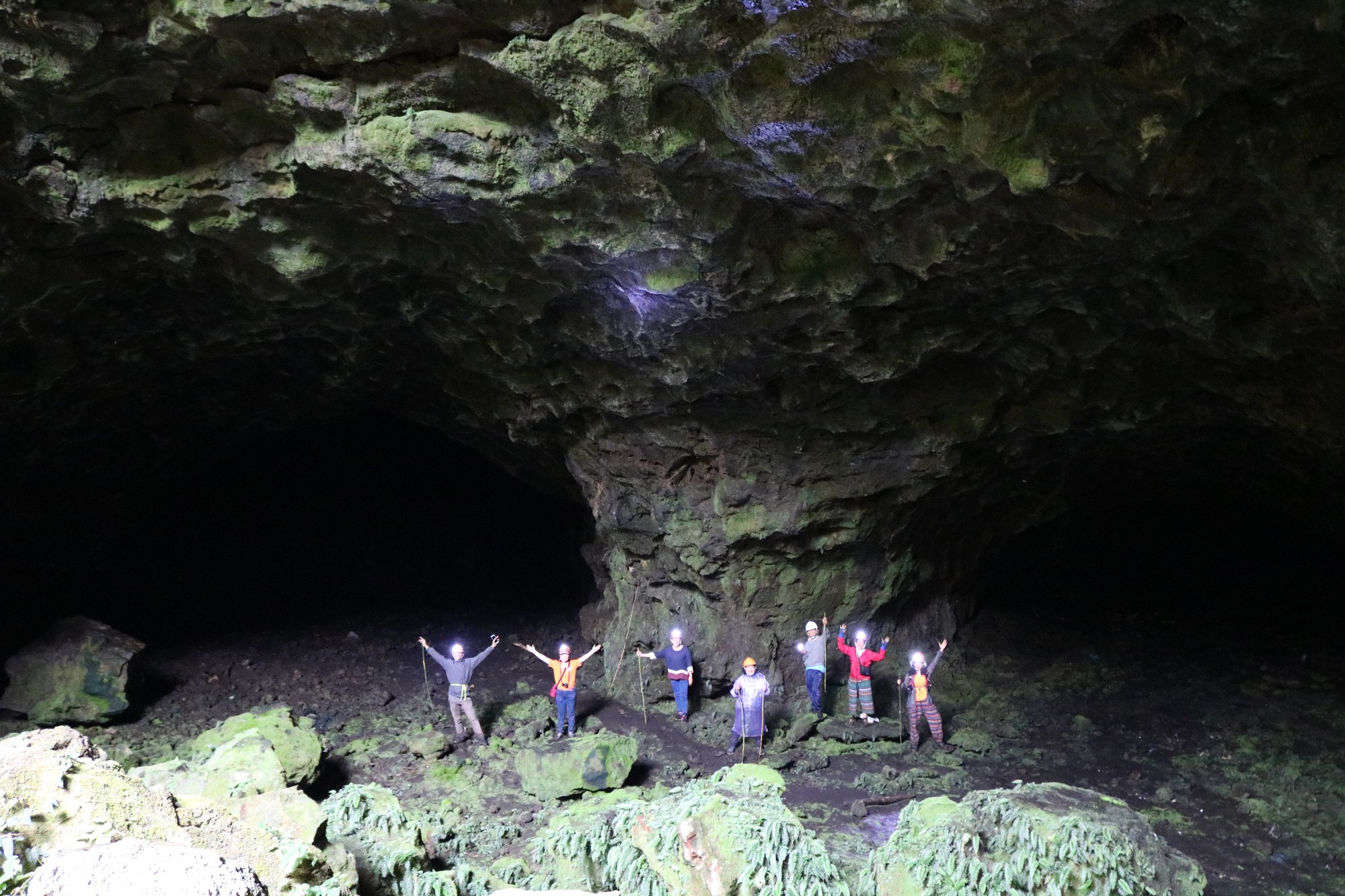Vietnam has an impressive system of lava tubes, one of them now arguably the longest of its type in Southeast Asia. A journey to a member of this cave system may promise to be an enjoyable experience.
C7 was recognized as the largest lava tube passage in Southeast Asia after its discovery was announced by scientists from the General Department of Geology and Minerals of Vietnam in the Central Highlands province of Dak Nong in late 2014.
The 1,1-kilometer-long cave belongs to a system of over 50 lava caves that formed in the wake of volcanic eruptions with 1,200-degree-Celsius magma around 3,700 years ago.
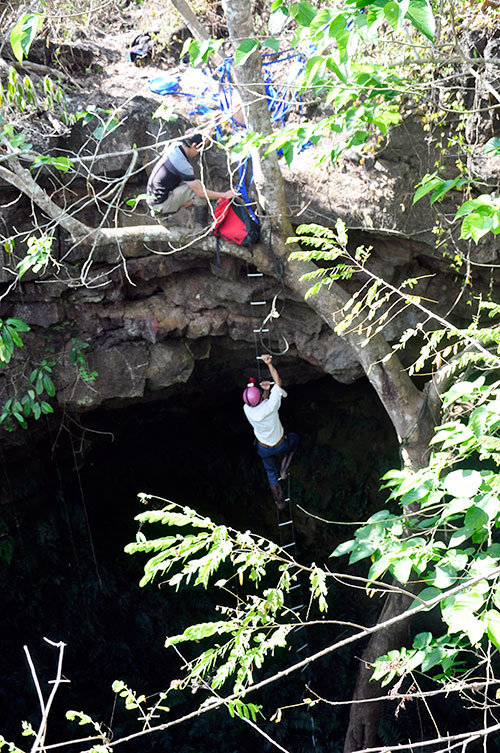 |
| A man moves to the C7 lava cave in Dak Nong Province, Vietnam’s Central Highlands. Photo: Tuoi Tre |
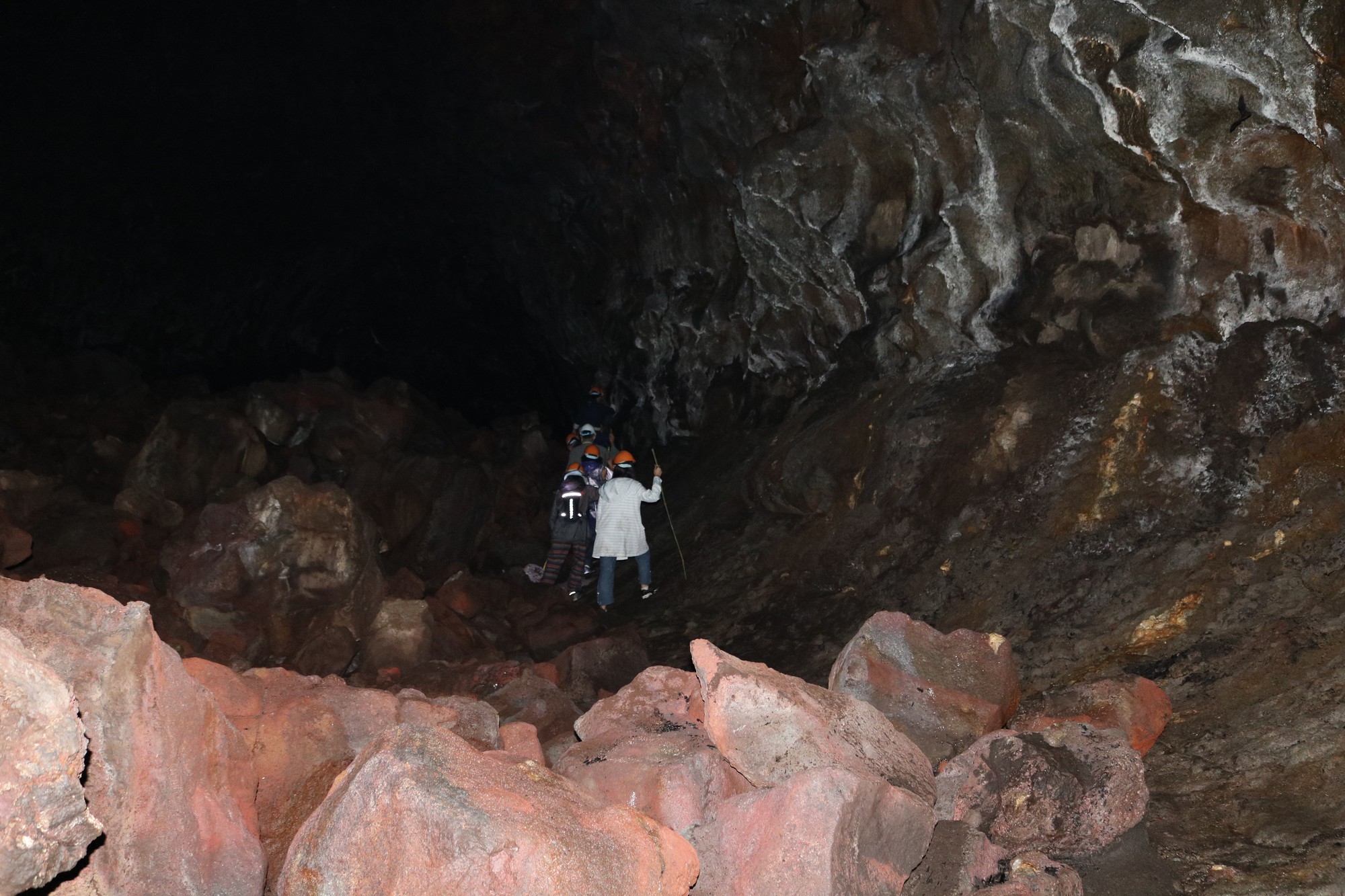 |
| Rocks inside the C7 lava cave in Dak Nong Province, Vietnam’s Central Highlands. Photo: Tuoi Tre |
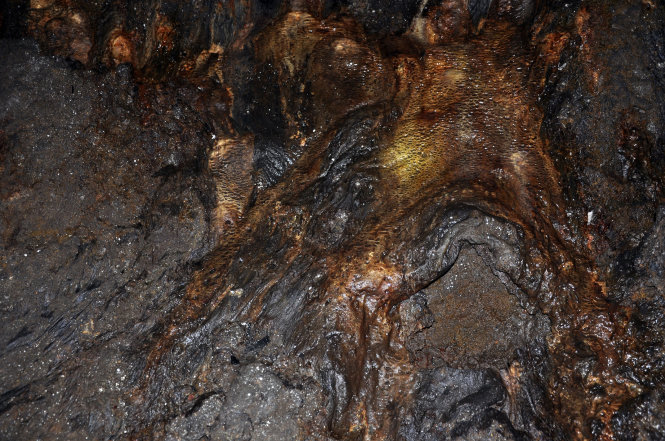 |
| Magma traces inside the C7 lava cave in Dak Nong Province, Vietnam’s Central Highlands. Photo: Tuoi Tre |
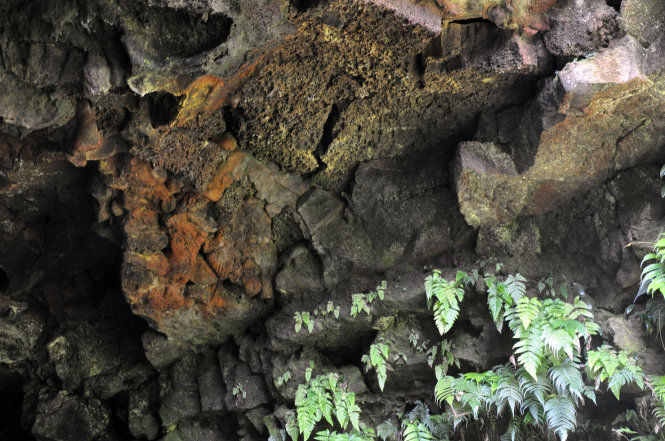 |
| Rocks inside the C7 lava cave in Dak Nong Province, Vietnam’s Central Highlands. Photo: Tuoi Tre |
Another member, C8, is also relatively special in that it has three adjacent tube-shaped sub-caves – a structure that is a rare result of formative volcanic eruptions.
The cave system features sinkholes, vegetation vestiges, lava flows, lava banks and stalactites.
In November last year, Dak Nong authorities asked for UNESCO recognition of the geological park that covers this cave system as a global geological one.
Tourists may want to arrive at the park’s extinct volcano called Chu B’luk, which means genesis on the local ethnic community’s vernacular, on their way to a cave there.
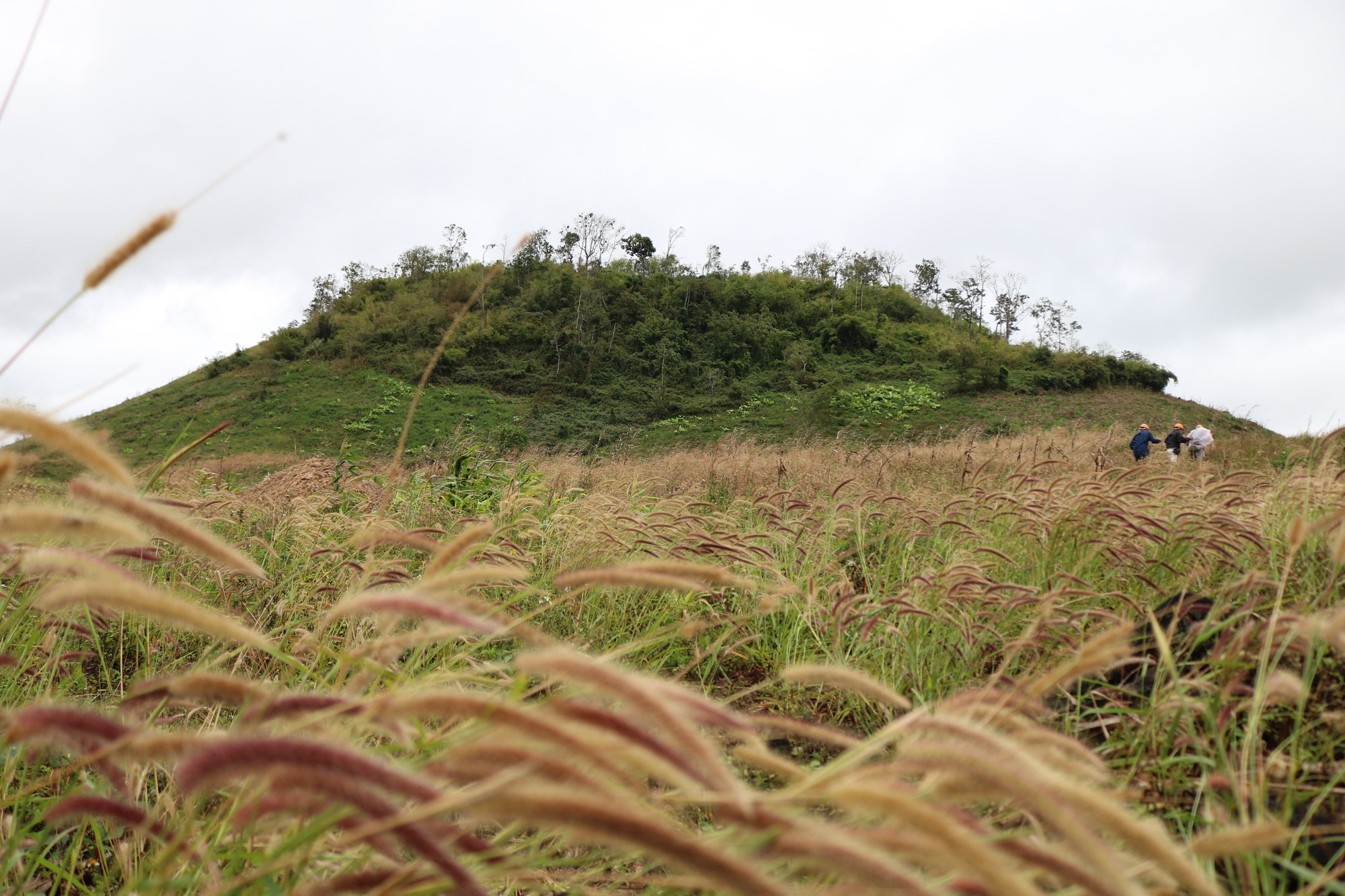 |
| The Chu B’luk (Genesis) volcano in Dak Nong Province, Vietnam’s Central Highlands. Photo: Tuoi Tre |
The dirt path leading to the mountain about 600 meters above sea level is flanked by blady grass and wild flowers.
An ascent up the volcano’s 40-degree slope takes people to a volcanic crater 600 meters in diameter and densely covered by plants.
Around two kilometers away from the spot is the C8 cave, and tourists need to negotiate a rugged slope to reach its entrance ten meters below ground.
Visitors should be careful to ensure they do not disturb weaver ant colonies hidden amongst the rocks.
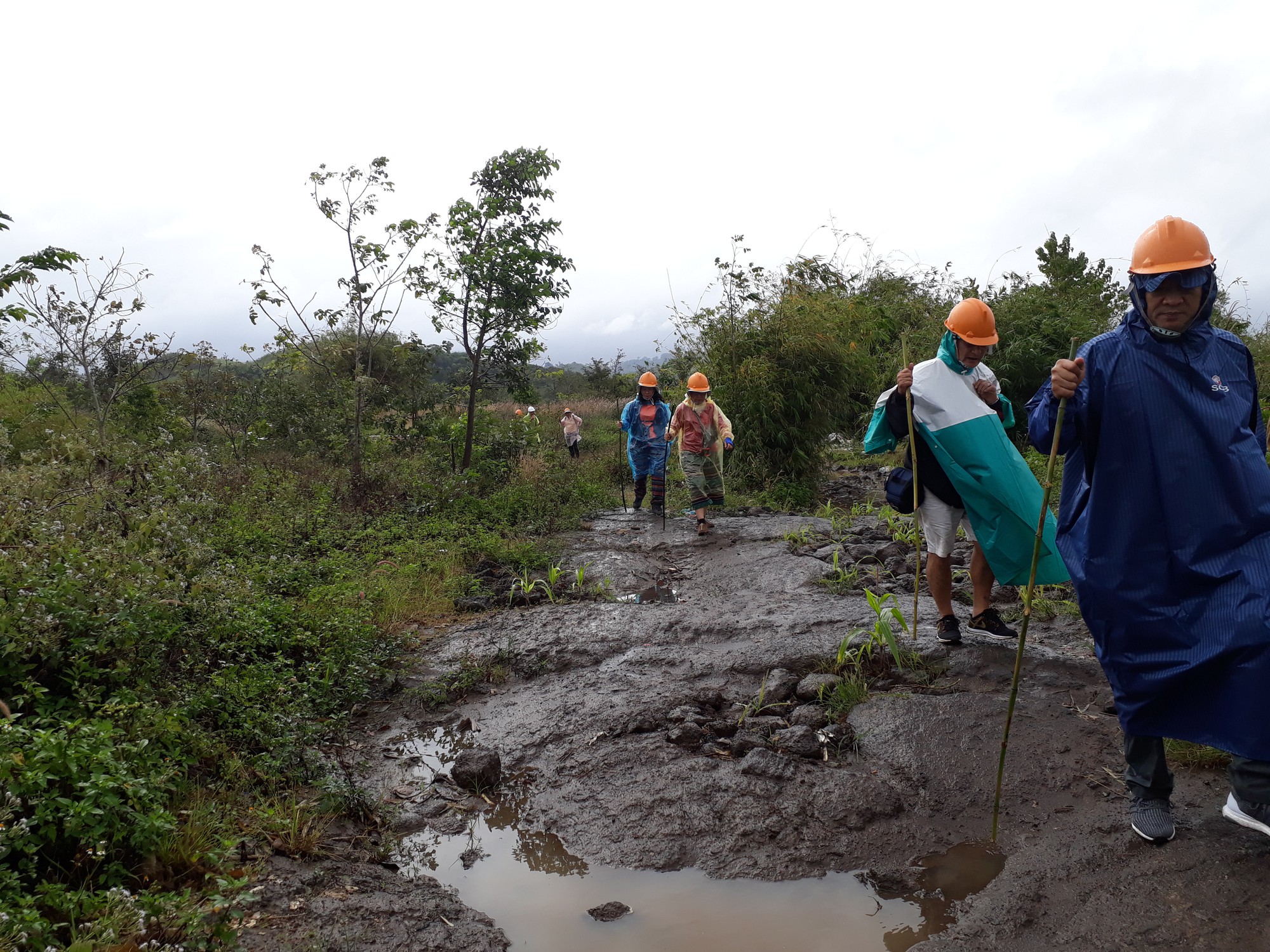 |
| Visitors walk on a path leading to the Chu B’luk (Genesis) volcano in Dak Nong Province, Vietnam’s Central Highlands. Photo: Tuoi Tre |
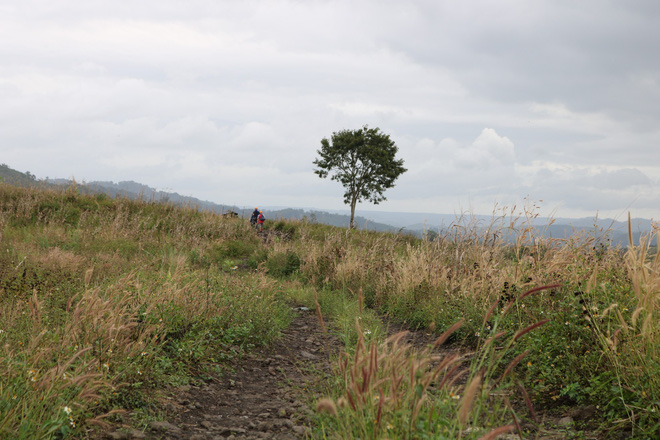 |
| A view of the area along the trail to the Chu B’luk (Genesis) volcano in Dak Nong Province, Vietnam’s Central Highlands. Photo: Tuoi Tre |
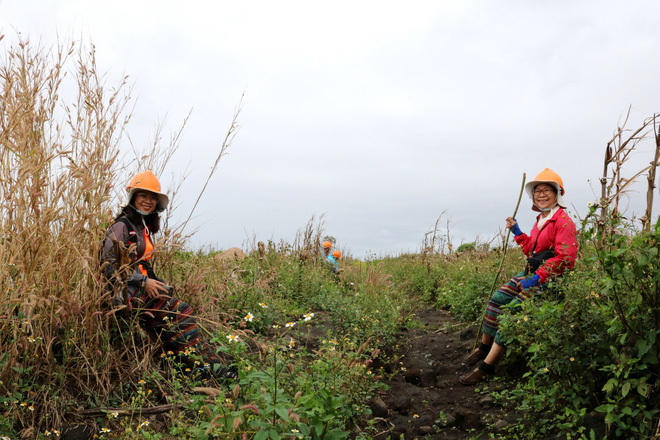 |
| Visitors pose for pictures amongst plants on their way to the Chu B’luk (Genesis) volcano in Dak Nong Province, Vietnam’s Central Highlands. Photo: Tuoi Tre |
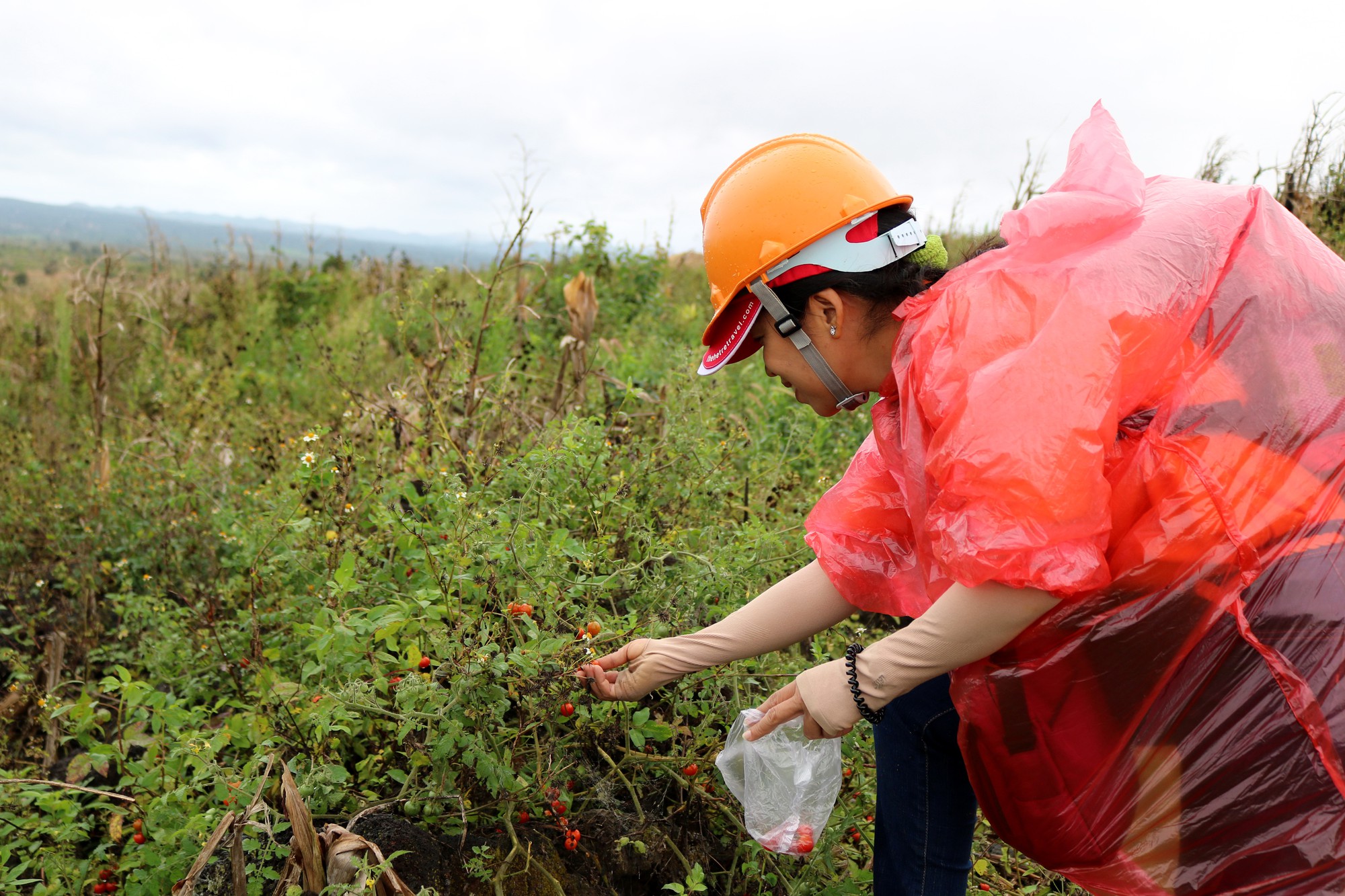 |
| A woman picks wild fruits on the way to the Chu B’luk (Genesis) volcano in Dak Nong Province, Vietnam’s Central Highlands. Photo: Tuoi Tre |
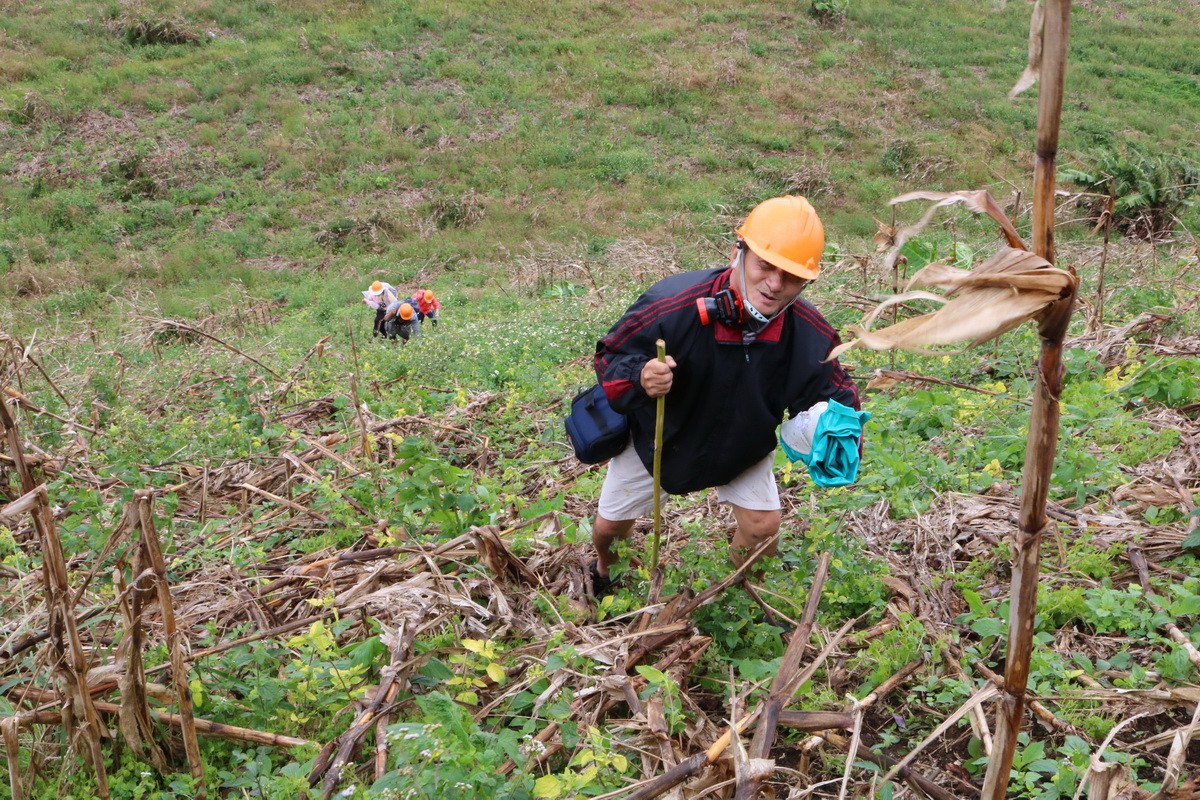 |
| Visitors climb the Chu B’luk (Genesis) volcano in Dak Nong Province, Vietnam’s Central Highlands. Photo: Tuoi Tre |
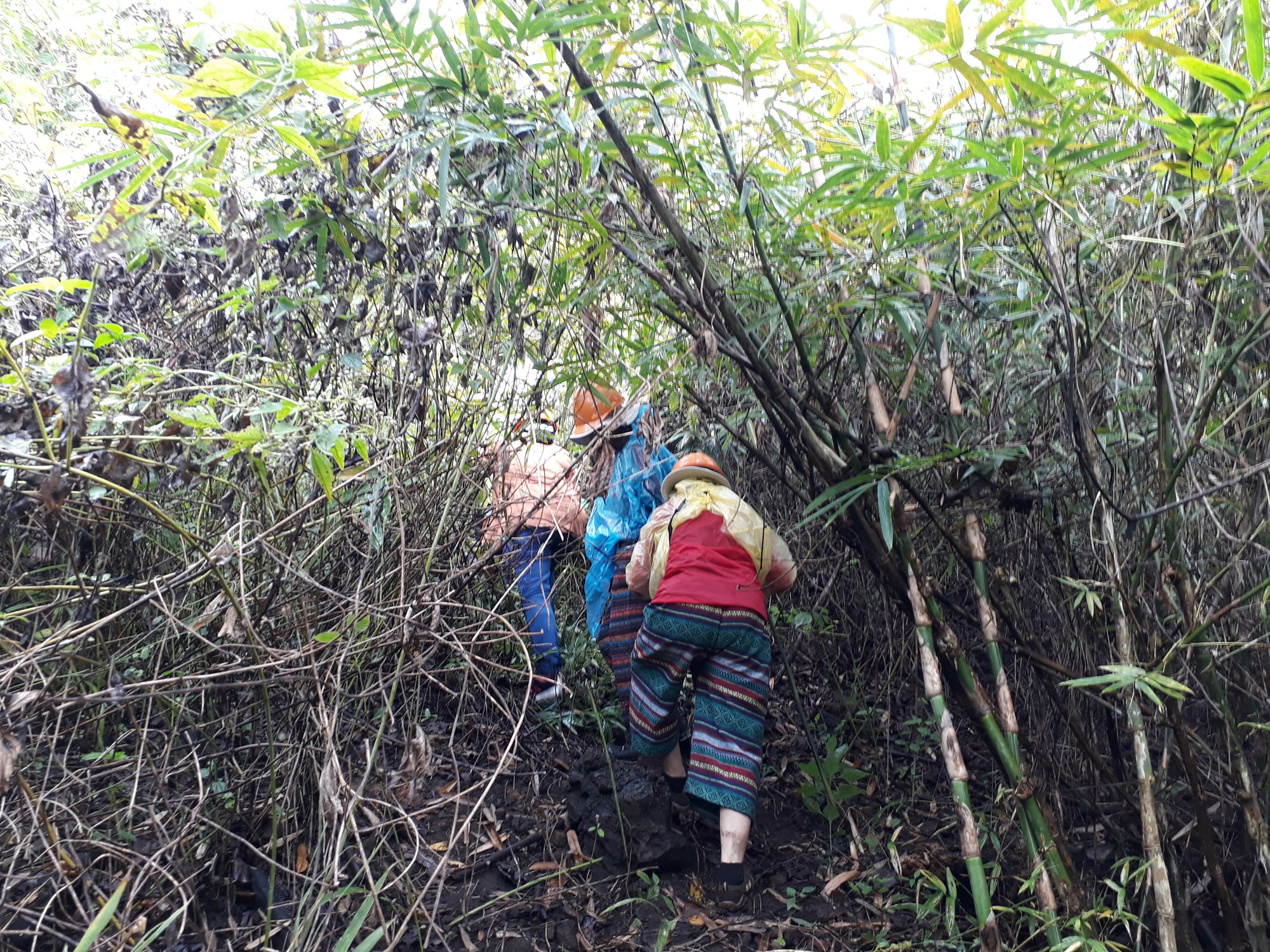 |
| Visitors climb the Chu B’luk (Genesis) volcano in Dak Nong Province, Vietnam’s Central Highlands. Photo: Tuoi Tre |
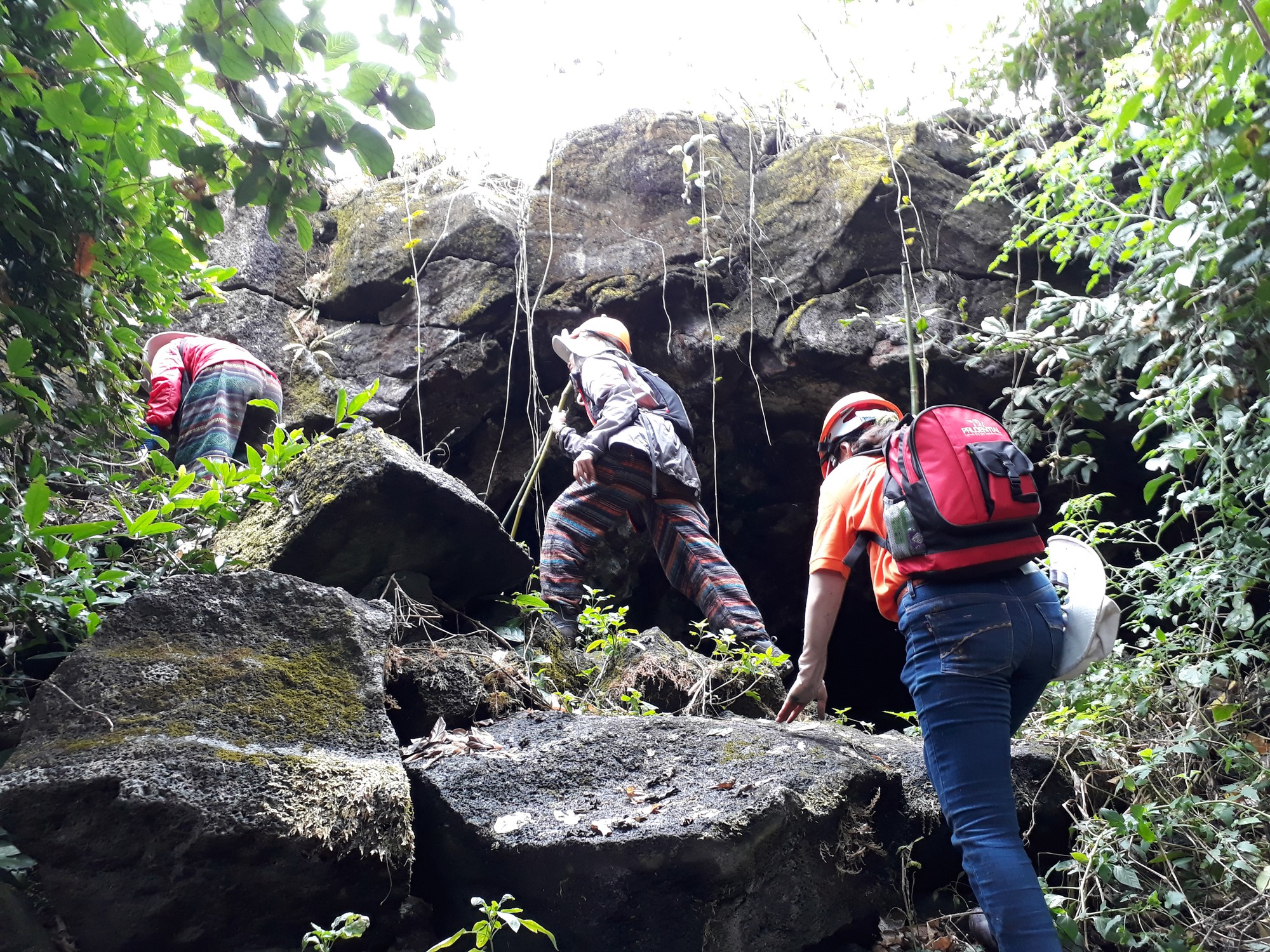 |
| Visitors climb the Chu B’luk (Genesis) volcano in Dak Nong Province, Vietnam’s Central Highlands. Photo: Tuoi Tre |
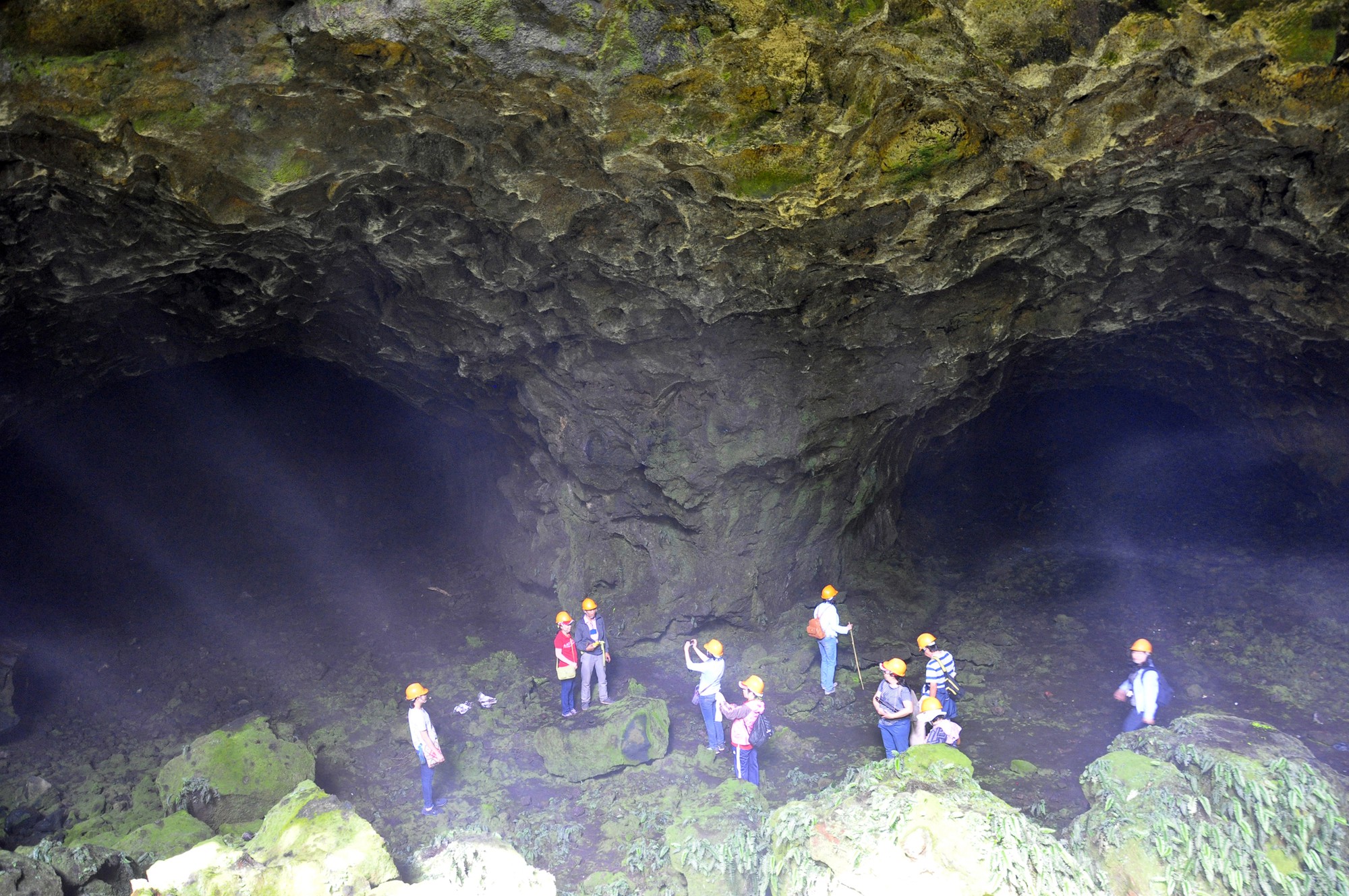 |
| Inside the C8 lava cave in Dak Nong Province, Vietnam’s Central Highlands. Photo: Tuoi Tre |
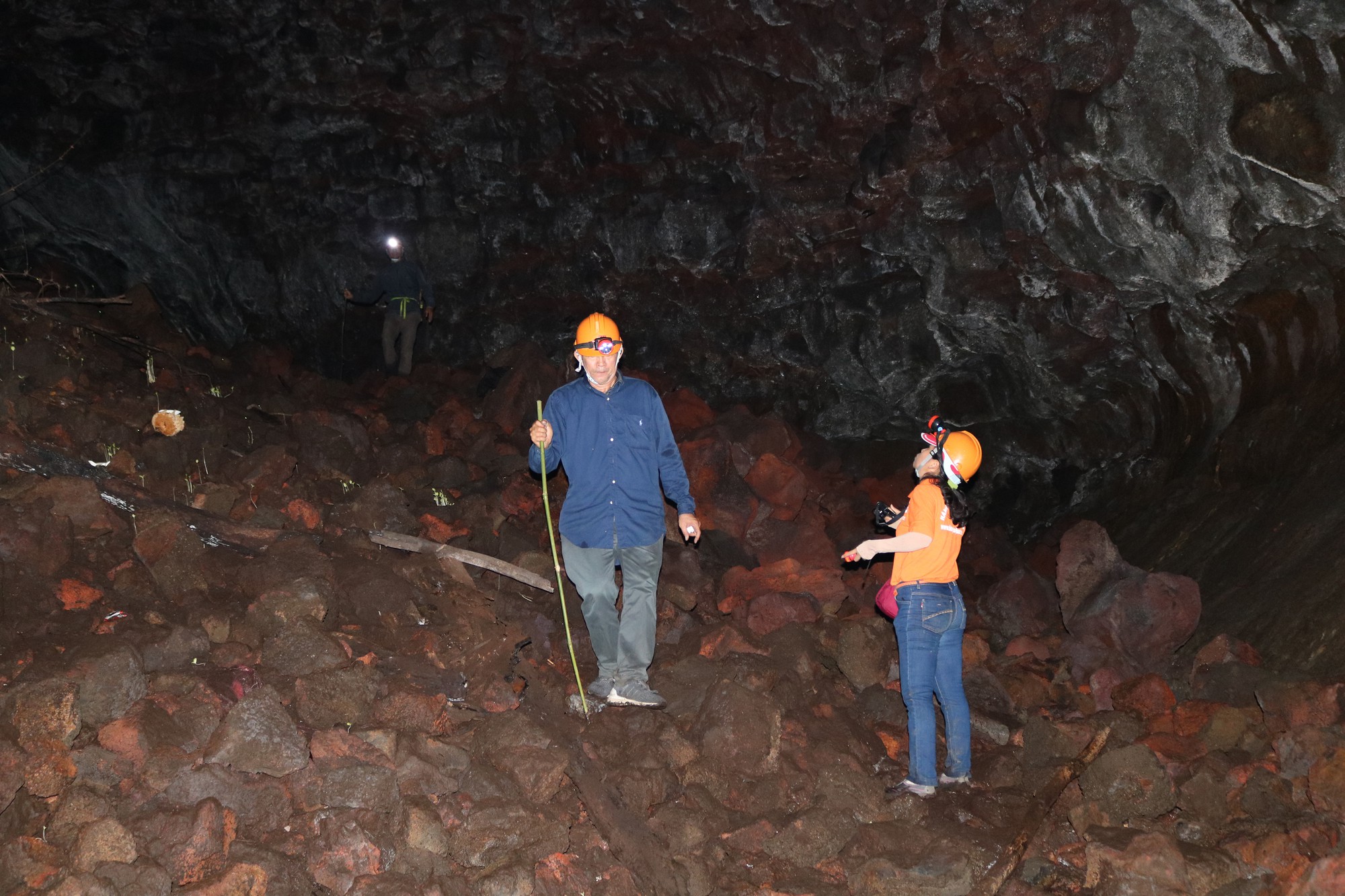 |
| Inside the C8 lava cave in Dak Nong Province, Vietnam’s Central Highlands. Photo: Tuoi Tre |
Like us on Facebook or follow us on Twitter to get the latest news about Vietnam!



